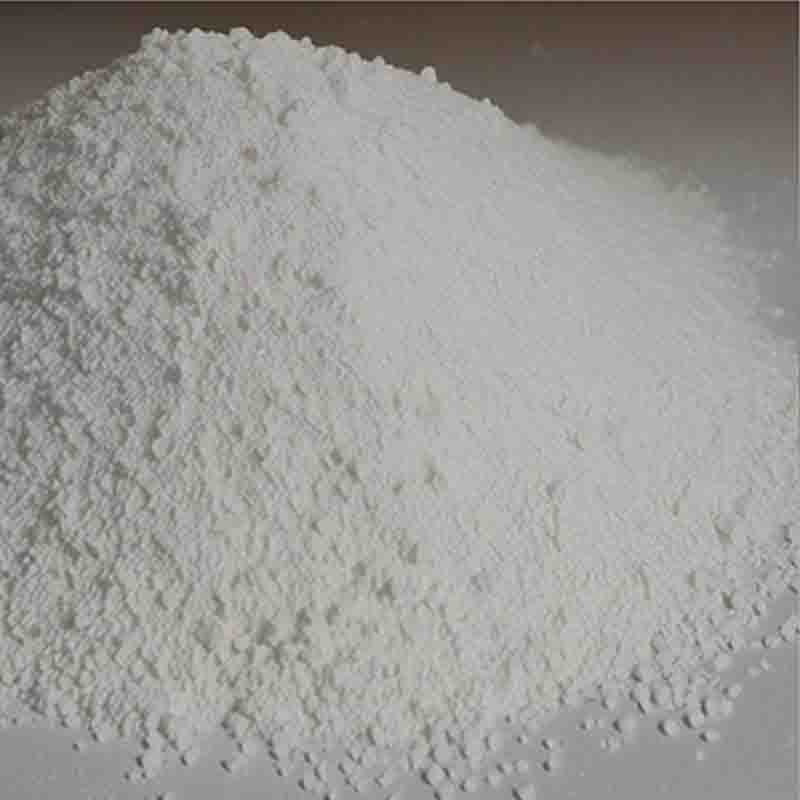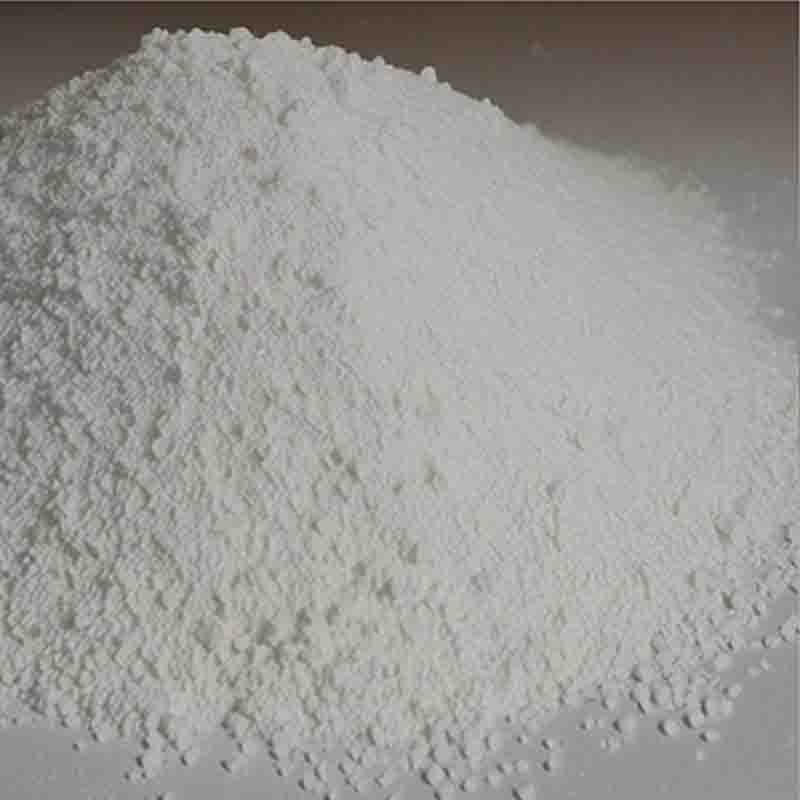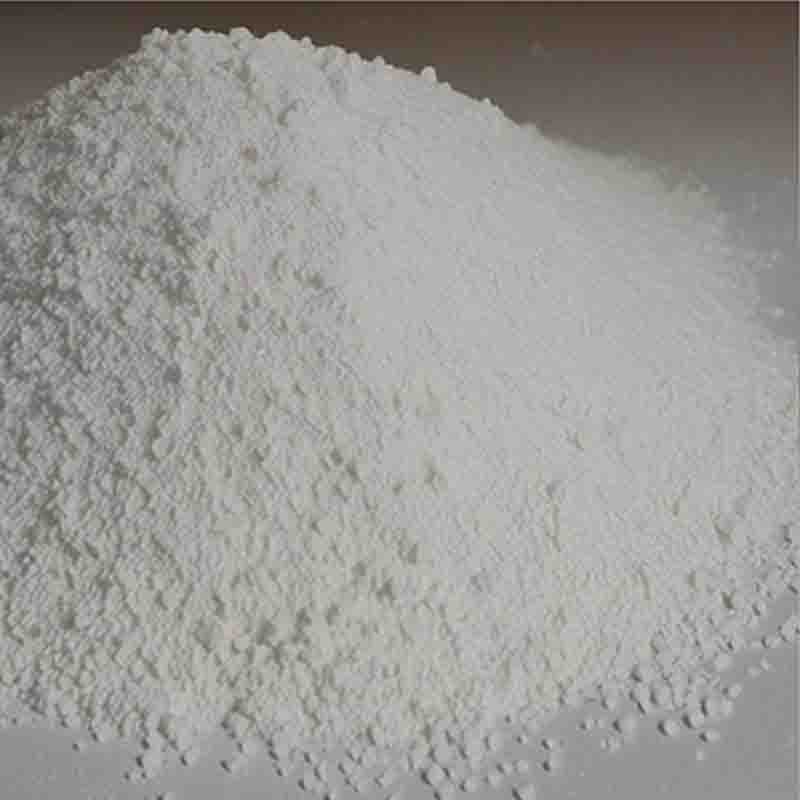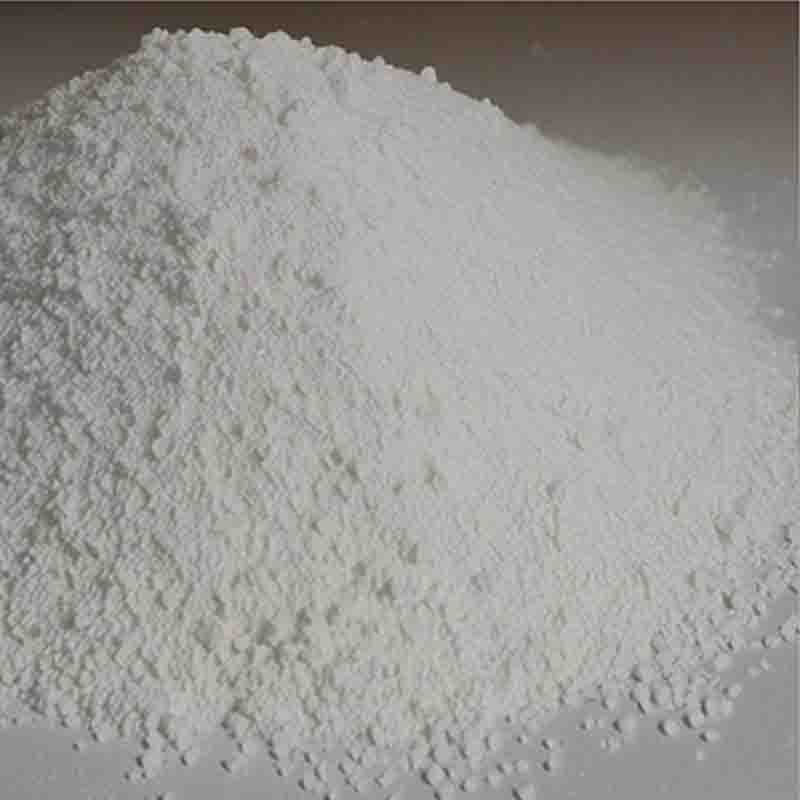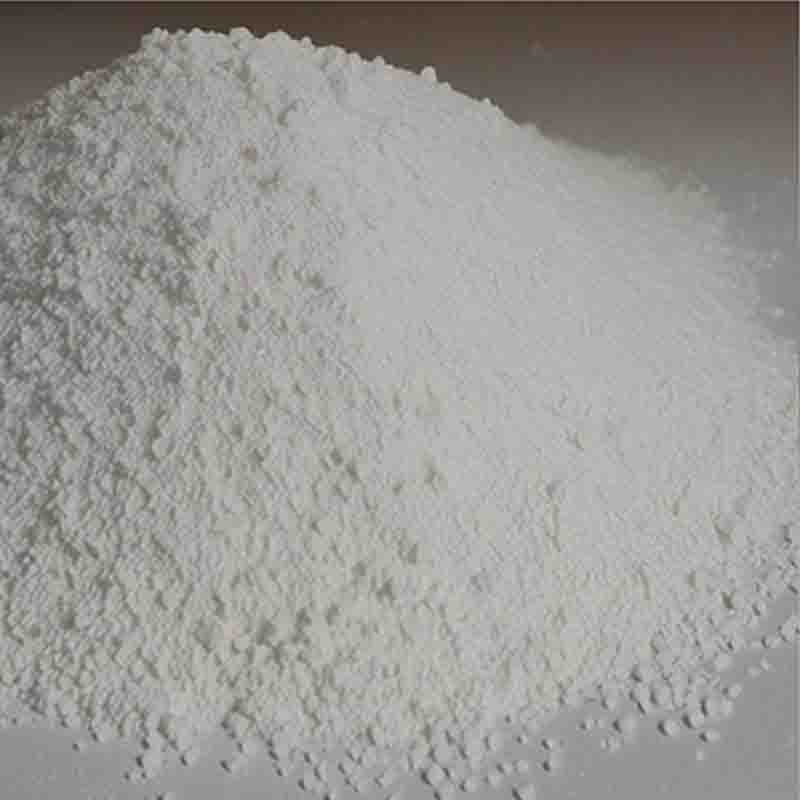N,O-Bis(trimethylsilyl)acetamide CAS: 10416-59-8
| Catalog Number | XD94192 |
| Product Name | N,O-Bis(trimethylsilyl)acetamide |
| CAS | 10416-59-8 |
| Molecular Formula | C8H21NOSi2 |
| Molecular Weight | 203.43 |
| Storage Details | Ambient |
Product Specification
| Appearance | White powder |
| Assay | 99% min |
N,O-Bis(trimethylsilyl)acetamide, often abbreviated as BSA or BSAT, is a chemical reagent commonly used in organic synthesis. It is a versatile, silylating agent that is particularly useful for protecting reactive functional groups and facilitating transformations in organic chemistry.One of the primary uses of N,O-Bis(trimethylsilyl)acetamide is as a silylating reagent for the protection of active hydrogen-containing functional groups. BSA can react selectively with alcohols, phenols, amines, and carboxylic acids to form trimethylsilyl (TMS) derivatives. This reaction involves the replacement of the active hydrogen atom with a TMS group, which effectively shields the functional group from unwanted side reactions. By protecting these functional groups with BSA, chemists can manipulate other parts of the molecule without interfering with the reactive sites, ensuring the desired chemical transformations occur.BSA is particularly valuable in the protection of hydroxyl groups. The formation of TMS ethers using BSA provides stability to alcohols and phenols and prevents unwanted reactions during synthesis. This protection strategy is widely employed in organic synthesis, enabling selective functional group manipulations and subsequent deprotection to regenerate the original functionality.Additionally, N,O-Bis(trimethylsilyl)acetamide can participate directly in various organic transformations. It can promote rearrangements, including sigmatropic reactions, and can serve as a source of trimethylsilyl anion, which acts as a nucleophile in different reactions. The reactivity of BSA with various electrophiles, such as alkyl halides, can lead to the generation of key intermediates or the formation of new carbon-carbon or carbon-heteroatom bonds.BSA can also be employed as a catalytic additive in specific reactions. For example, in the presence of BSA, certain metal catalysts exhibit enhanced reactivity and selectivity. BSA acts as a coordinating ligand, facilitating the coordination of the metal catalyst and improving its efficiency in catalytic transformations.It is important to note that N,O-Bis(trimethylsilyl)acetamide should be handled with caution due to its moisture-sensitive nature and potential reactivity towards water and air. Proper safety measures, such as working in anhydrous conditions and using appropriate protective equipment, should be followed when using this reagent.In conclusion, N,O-Bis(trimethylsilyl)acetamide (BSA) is a versatile silylating reagent commonly utilized in organic synthesis. Its primary use is the protection of active hydrogen-containing functional groups, allowing chemists to selectively manipulate other parts of the molecules without affecting the reactive sites. BSA also participates directly in various organic transformations and can act as a catalytic additive in certain reactions. Its applications span across different areas of organic chemistry, making it a valuable tool for synthetic chemists.


